Winding a watch is a fundamental task that keeps timepieces running accurately. There are two primary methods of winding a watch: automatic and manual. Each method possesses unique characteristics that cater to different preferences and requirements. This article explores the distinctions between automatic and manual winding, enhancing your understanding of watch craftsmanship.
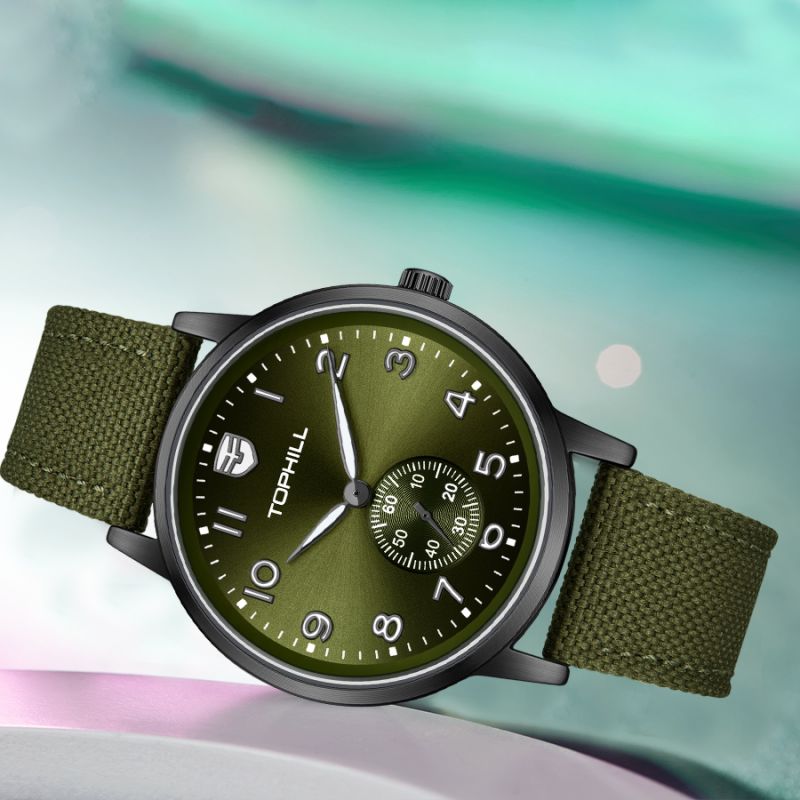
Automatic winding, also known as self-winding, relies on the natural motion of the wearer's arm to generate energy. It incorporates a rotor, a mechanical component that rotates with arm movement, thereby winding the watch's mainspring. This mechanism eliminates the need for manual winding and allows continuous functioning as long as the watch remains in motion.
Manual winding, as the name suggests, requires manual intervention to wind the watch. By rotating the crown, users transfer energy to the mainspring, storing potential power. This traditional method offers a hands-on experience and a sense of connection with the timepiece. It requires consistent winding to maintain accurate timekeeping, making it ideal for enthusiasts seeking an active engagement with their watches.
When it comes to accuracy and precision, both automatic and manual winding watches can perform equally well. The difference lies in the consistency of power delivery. Automatic watches tend to be more consistent in their timekeeping since they are continuously wound by the wearer's arm movement. Manual winding watches may experience slight variations in accuracy as the mainspring gradually loses tension over time until the next winding.
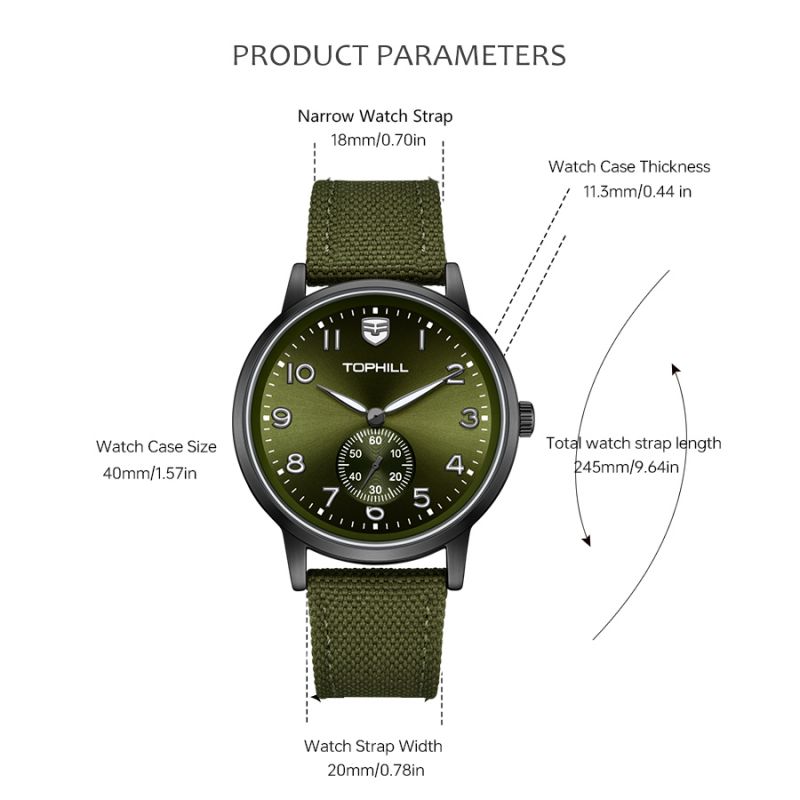
Automatic watches offer the convenience of prolonged timekeeping without the need for daily winding. As long as the watch is in motion, it will continue to wind and operate without interruption. This attribute makes automatic watches highly popular among individuals who frequently change watches or have an active lifestyle. Manual winding watches require daily winding, which can be seen as an opportunity to build a personal ritual and bond with the timepiece.
Both manual and automatic watches require proper maintenance to ensure longevity. Automatic watches often contain additional components such as an oscillating weight and a slipping clutch. These components may require periodic servicing and adjustment by a professional watchmaker. Manual winding watches, with their simpler mechanical structure, generally require less maintenance. Routine cleaning, lubrication, and occasional regulation are sufficient in most cases.
The choice between automatic and manual winding watches also involves aesthetic considerations. Automatic watches tend to have a thicker case due to the additional movement components, making them more suitable for individuals with a preference for substantial timepieces. On the other hand, manual winding watches can adopt a slimmer profile, appealing to those seeking a more discreet and elegant wrist presence.
The difference between automatic and manual winding lies in the mechanism, experience, convenience, maintenance, and aesthetics. Automatic watches excel in their self-sustaining nature, appealing to those who value convenience and reliability. Manual winding watches offer a more interactive, traditional experience and may appeal to enthusiasts seeking a deeper connection with their timepieces. Whatever your preference, both methods uphold the artistry and precision that contribute to the fascinating world of horology.
Tags:
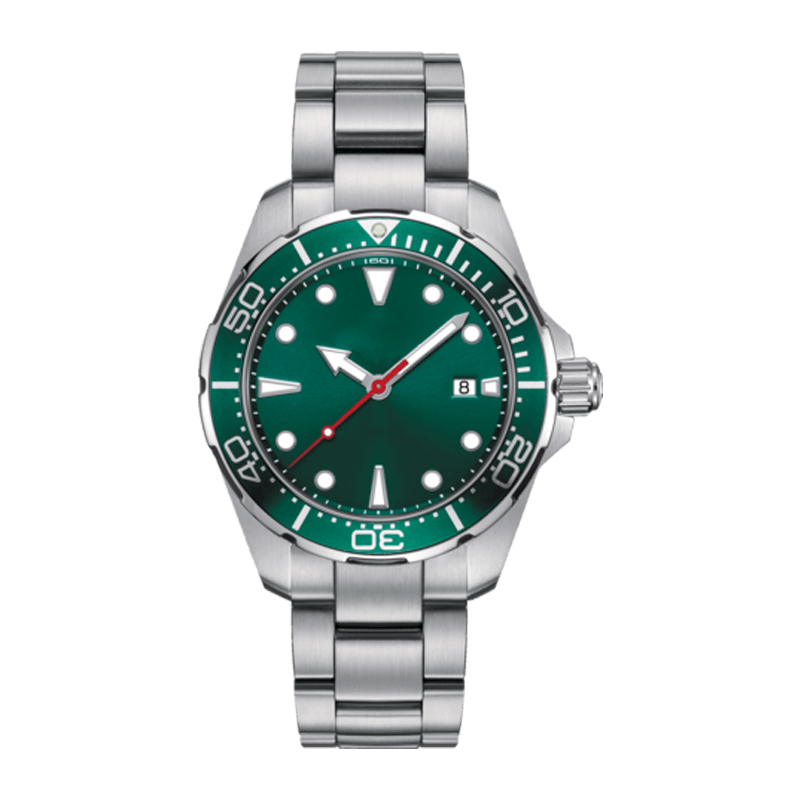 Tired of Leakage Issues? Can a Professio
Tired of Leakage Issues? Can a Professio
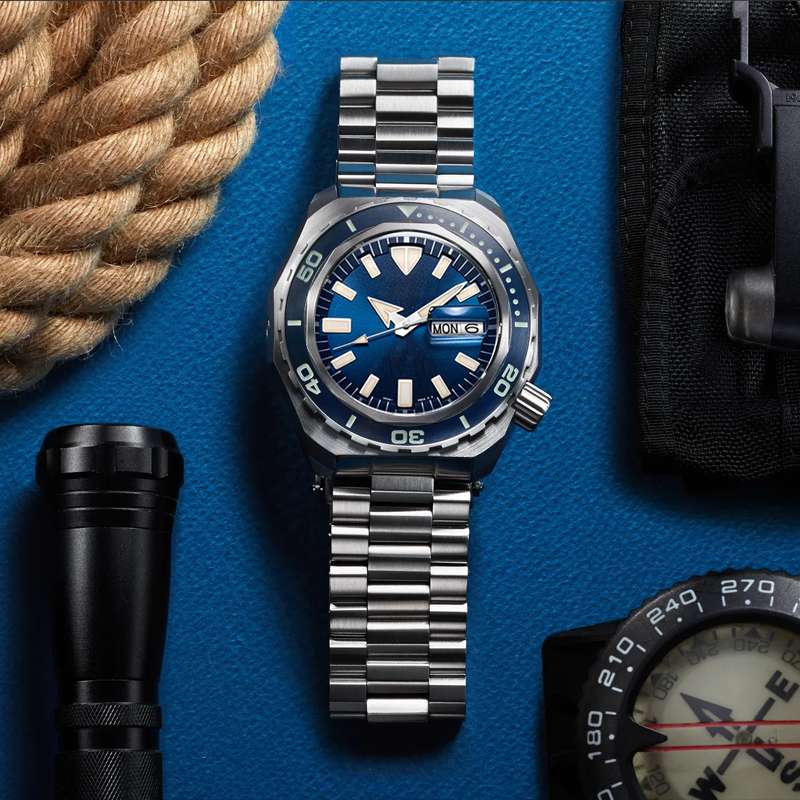 What Are the 5 Key Features to Inspect B
What Are the 5 Key Features to Inspect B
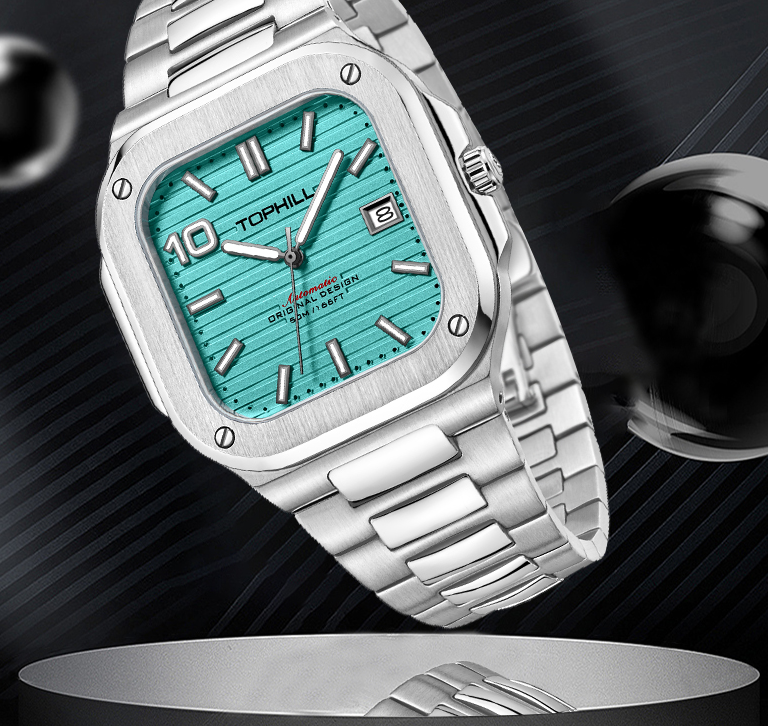 How to Clean Stainless Steel Bands: A De
How to Clean Stainless Steel Bands: A De
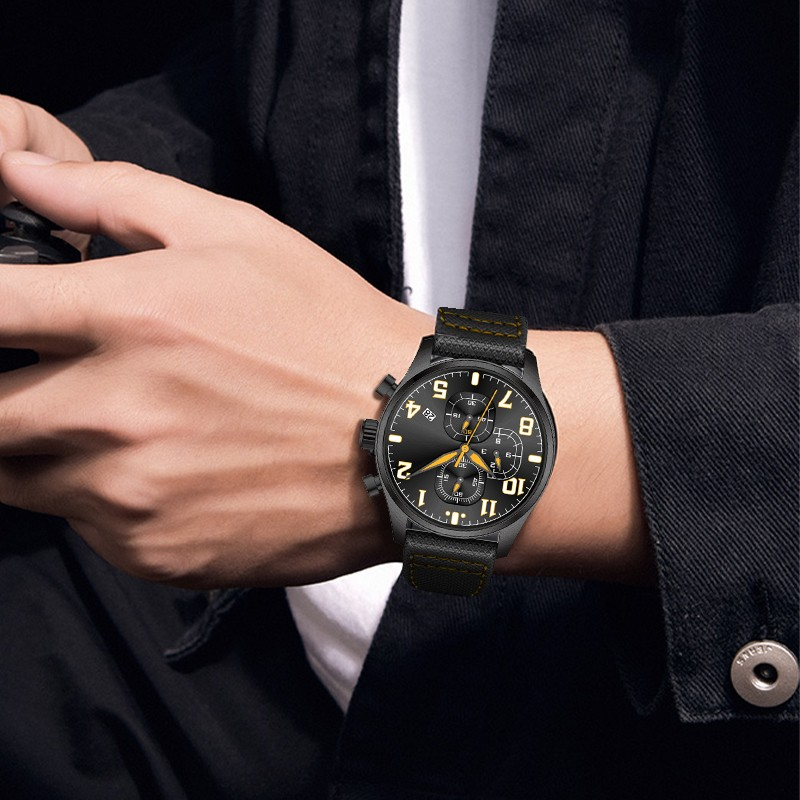 How Does a Seiko Stainless Steel Watch C
How Does a Seiko Stainless Steel Watch C
Super Time